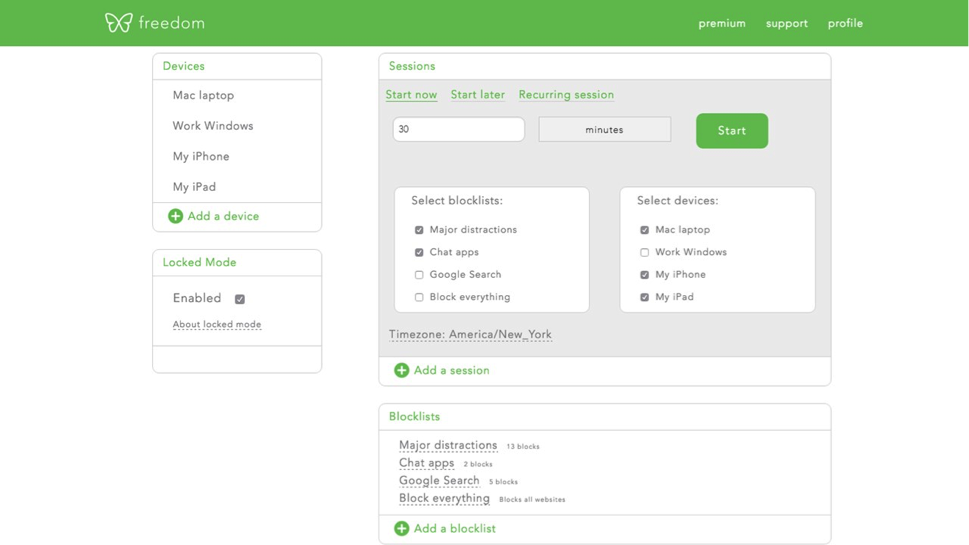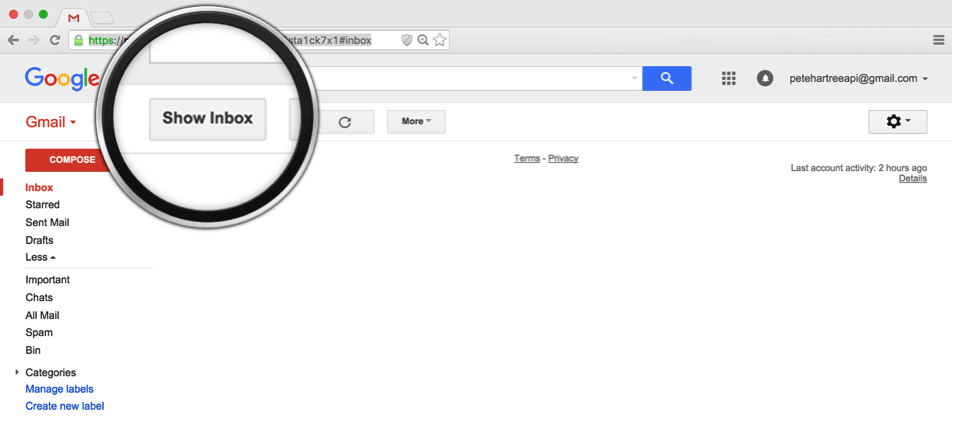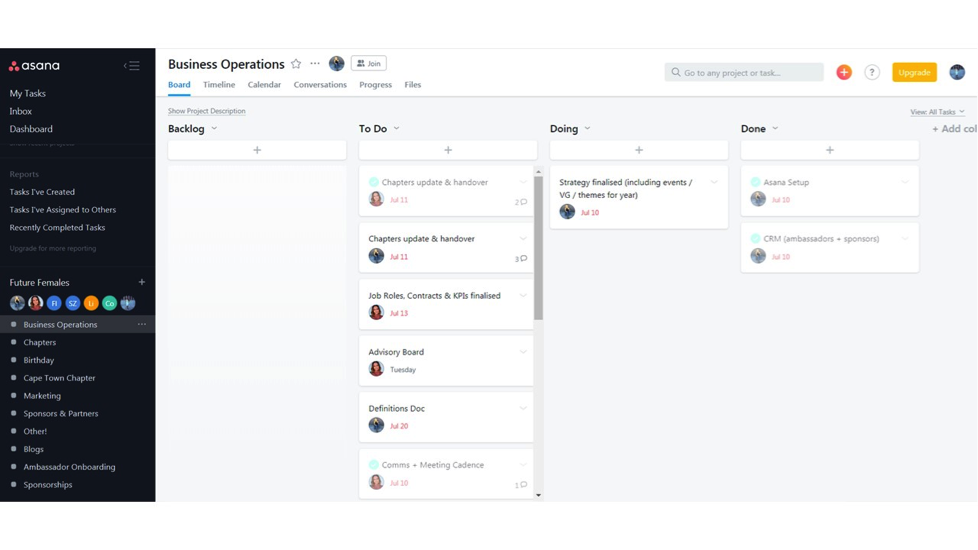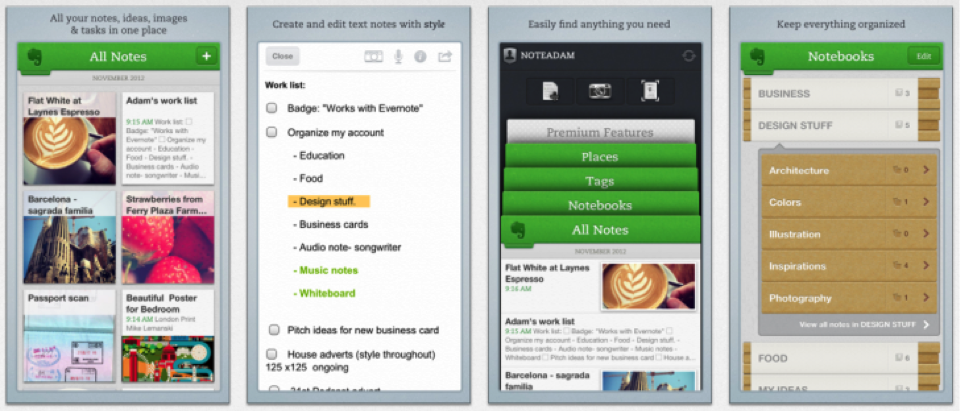In today’s world, where there are 973 000 Facebook logins and 187 million emails sent (some days you feel as though all 187 million emails have been sent to your inbox, don’t you?) every minute online, distractions are plentiful. Not only is the rate at which online information is being shared online is increasing every year, but also daily. Every 60 seconds, there is more online than the previous minute.
The question, then, begs – “How do we stay on top of it all?”
1. Focus
According to latest research, it takes up to 23 minutes to re-focus on something after being distracted. So even if you get straight back to your task at hand after taking a “quick” scroll through Facebook, your mind is still distracted, and it’s likely that the quality of work you produce will be less than if you hadn’t checked your notifications.
Our top tips:
- Set time to be focused: decide what works best for you when you’re focusing. It may be putting headphones on, without music, but just to block off outside noises. It may be putting a “do not disturb” sign on your door for a few hours. Maybe you’re easily distracted by what’s happening outside so turning your desk around, so your back is to the window will help.
- Similarly, set time to not be focused. It might sound silly, but it’s important. Set yourself a few minutes to check social media, eat or watch an episode of Love Island (i.e. turning your brain off). If you know how long you’re going to be unfocused for, you’ll be mentally prepared to get back to business as soon as it’s over.
Our top tools:
- Freedom: StayFocusd
StayFocusd is a digital tool that allows you to do just that.
On this platform, you can choose the exact apps or websites that you know distract you the most, and block them from whichever device you’re working from, or all of your devices, for a set period of time. Many people say they feel their freshest and most productive first thing in the morning. We challenge you to block all distracting apps from 8 a.m – 12 p.m. Try it for a week and realise – firstly, how addicted we are to social media, checking notifications and messages – but also, how pleasant it is to work without distractions.
- Inbox When Ready
Similar to StayFocusd, but just for Gmail, Inbox When Ready hides your inbox for however long you choose. You can choose an inbox budget: where you choose how much time you will spend on your email, how many emails you will send, read or reply to, and how many times a day you want to check it. You then get visual feedback on how well you’re doing versus your set intention.
“Out of sight, out of mind.” – Hide your inbox for when you’re ready, and miraculously discover you have more hours in a day to work productively.
2. Deadlines
“The greatest motivation is the deadline,” we used to joke as students, submitting essays at the last possible minute.
But it seems we were wiser as 21-year-olds than we thought. Having a strict deadline is arguably the most effective way to get stuff done. It may sound obvious, but too often we know we have to do something, and it stays in our to-do list for weeks, but we just never get round to it.
Our top tips:
- It’s simple, really: If you’re working for someone else and they need you to do something, ask them when they need it by.
- If you’re working for yourself, set yourself deadlines, and make sure you’re getting it done by then.
Our top tools:
- Asana:
On this platform, you can separate everything you need to do into different projects. Within those projects, you can create different columns, named according to what your goal is. We use ”Backlog” for those projects that aren’t quite a priority yet, “To-do” for your to-do list within that specific project, “Doing” for what you’re working on that day or that week, and “Done” to move your tasks into once you’ve completed them. And, man alive, does it feel good to move a task completed into the “Done” column.
Asana is a collaborative platform and is really useful when working in teams. You can add colleagues or friends to different projects, you can assign tasks to each other, and you can stay up-to-date with what everyone is working on.
3. Time
There’s a method called “time-blocking tasks” where you divide your day up into blocks of time and dedicate that amount of time to completing one task.
We get this from the brilliant Elon Musk who reportedly uses “time-blocking tasks” in 5-minute blocks. 5 minutes a bit too steep for you? Try 20-minute or 40-minute time blocks. By the end of the day, you can look back and know you’ve completed a certain number of tasks.
Our top tip:
- Remember to allow buffer time in between your time blocks because, as we all know, life happens.
Our top tool:
- Evernote:
It’s easy to forget things that aren’t written down, and it’s as easy to lose or leave behind a piece of loose paper or notebook. With Evernote, you can have every note you need all in one place. You can do everything from record meetings and lectures, attach links or files to notes, share with friends or colleagues, book trips, jot down random ideas, write down your to-do list to shopping list. It’ll be the most productive app on your phone.
4. Identify
The key to productivity is to identify your working habits, when you work harder and smarter, and what productivity means to you.
Gary Vaynerchuk, Founder and CEO of VaynerMedia, believes in the “hustle” – he works 18 – 20-hour days and is proud of it, he says there’s no difference between life and work, and believes everyone should be hustling all the time. He’s achieved a lot, and this clearly works for him.
Ariana Huffington, on the other hand, founded The Huffington Post and at the age of 40, running one of the most influential media houses on the planet, suddenly collapsed one day. At first doctors couldn’t find the reason she was so ill and eventually they were able to put it down to pure exhaustion. Huffington had been working herself to death. Today, she runs a successful organisation called Thrive Global, where she works to ensure that everyone in the working world is getting enough sleep, rest and play, as well as work time.
Essentially, find out what works best for you.
By definition, productivity means outcome. How are you achieving the outcomes you need to, how are you achieving your goals productively?
